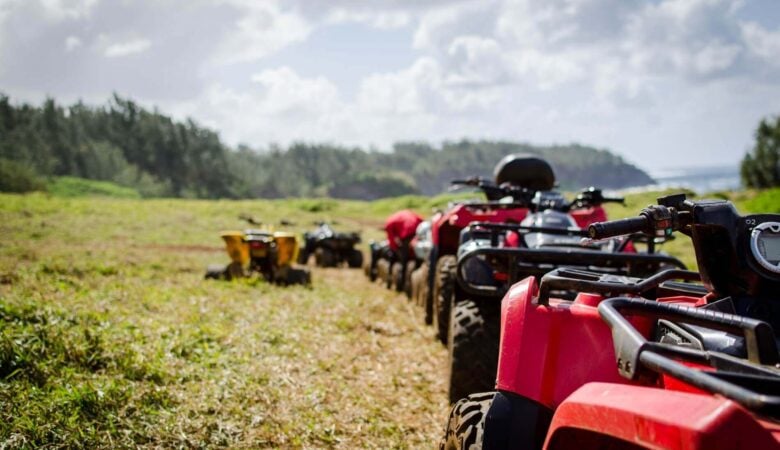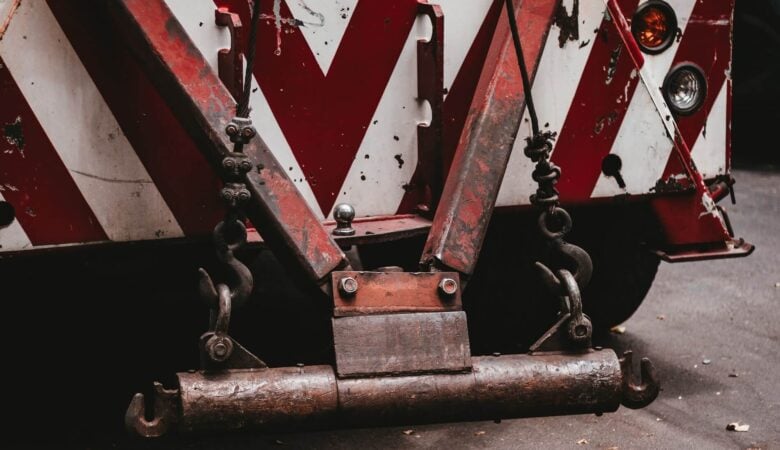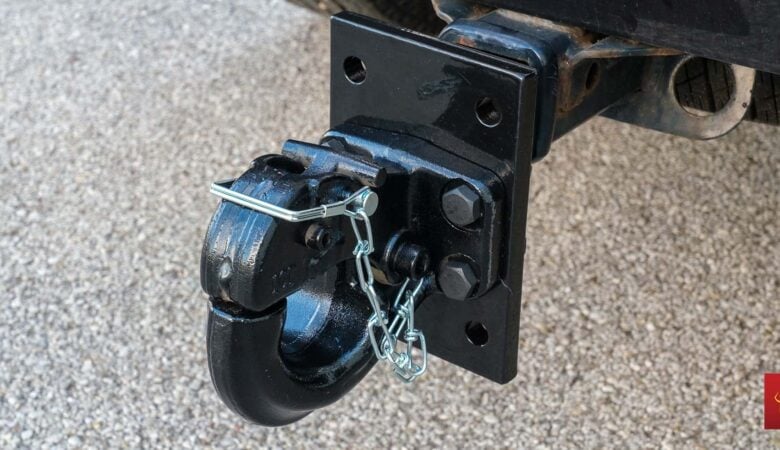
Take your auto-hauling career to the next level.
What’s the difference between a good auto-hauler and a great auto-hauler?
Three T’s: talent, technique, and tools.
While we can’t invent talent from thin air, everyone can learn new techniques to improve their skill, and anybody can start out on the right foot by choosing the right auto-hauling equipment for the job ahead.
Auto-hauling is a unique gig, even in the broader world of cargo trucking.
Transporting vehicles on a car carrier requires gear that’s strong enough to load and secure the cars, which can be heavier than most loads, yet flexible and forgiving enough to leave the more fragile elements of cars unscathed.
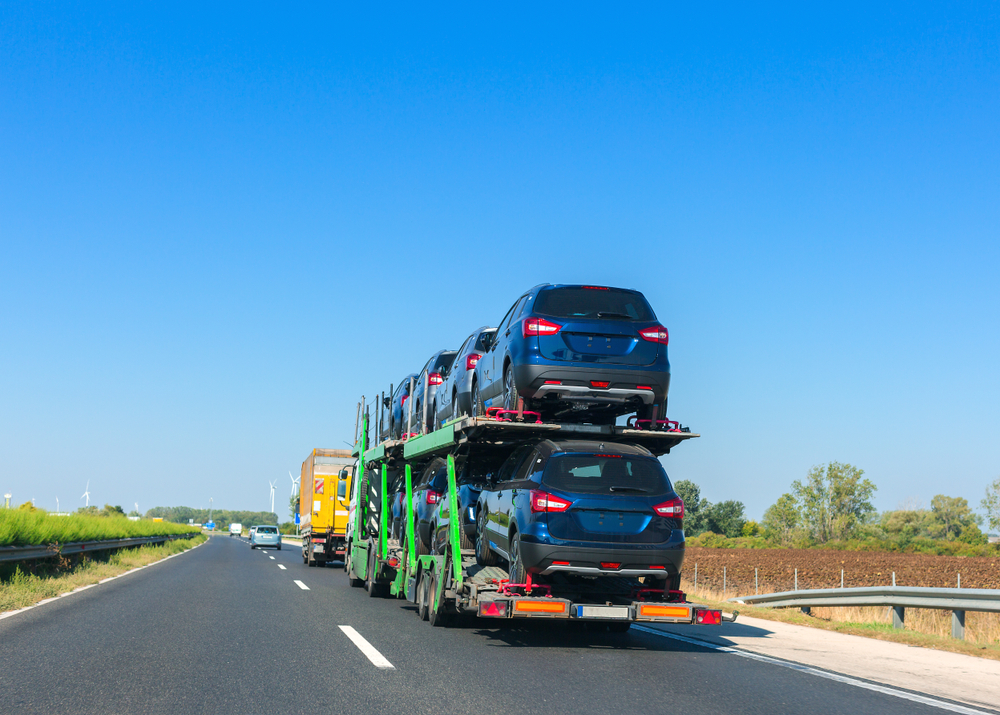
That is, you want equipment that can secure a Ford-750 without damaging the paint job on the Porsche loaded next to it.
Figuring out which exact tools can do that can be a challenge. Fortunately, we’ve put together an ultimate guide of the 5 must-have auto-hauling supplies that’ll empower you to thrive.

1. Auto-Hauling Straps For Car Carriers

Auto-hauling straps secure vehicle loads to the car carrier by anchoring the vehicle’s tires or axles to slots on the carrier bed. They’re typically made of polyester webbing and many have a Cordura sleeve.
There are three types of auto-hauling straps that are relevant if you do long-distance car-carrying: side-mount wheel nets, axle straps, tie-downs, and lasso-straps.
Each of these straps has some unique benefits and drawbacks. Which type of strap is best depends on the specific of your haul.
Lasso Straps
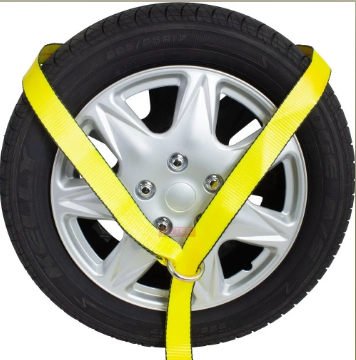
Y-shaped lasso straps are the most popular strap to secure a vehicle. These straps’ simple design makes them easy to use, letting you secure cars quickly.
They also excel at preventing your vehicle from lurching forward if the carrier stops abruptly–a huge asset if the cars are loaded close together.
One drawback is they typically only have one anchor point, so the pressure necessary to secure the car isn’t as evenly distributed as it is with other types of auto-hauling straps.
Side-Mount Wheel Nets

Side-mount wheel nets have multiple tie-down points, so securement is incredibly precise. This precision empowers these nets to reduce pressure on any given point on a wheel without losing the necessary tension.
Over-The-Wheel Straps

Over-the-wheel straps only touch the tire of a car, not the car’s axle or the center hubcap of the wheel. While lasso wheel straps may have either one or two anchor points, over-the-wheel straps always use two anchor points.
Rubber blocks keep the strap centered on the tire and increase that strap’s grip.
Axle Straps

Axle straps loop around the axle of a vehicle in order to secure it. This is sturdier in some cases than tire securement.
On the other hand, if something goes wrong, inadvertent pressure damage to an axle may not be fixable the way damage to a tire is.
These straps typically have snap-hook end-fittings that are compatible with E-tracks, although there are adapters available to use them with different tie-down plates.
2. Transport Chains and Hooks

For auto-haulers, chains have two features that make them better than straps for some jobs.
One, chains typically have a higher working load limit (WLL) than auto-hauling straps.
Two, chains don’t lose tension over the course of a long haul.
When securing a vehicle to a car-carrier with a chain, it’s important to look at the chain’s qualities and its end-fittings.
Auto-hauling chains
Auto-hauling chains are typically plated with gold chromate to resist rust. Most are grade 70 and are steel-forged.
End-fittings
To transport cars, you’ll need a chain with an RTJ-hook end-fitting. R-hooks are compatible with Ford vehicles, T-hooks anchor to GM and Chrysler vehicles, and J-hooks fit with non-American cars.
The opposite end of an auto-hauling chain can anchor to a tie-down on the bed of the car carrier, or to the side of the carrier.
3. Flatbed Tie-Downs (Auto-Hauling on a Flatbed Trailer)
Flatbed tie-downs are primarily used for hauling one or two vehicles on a typical flatbed, rather than onto a specialty car carrier.
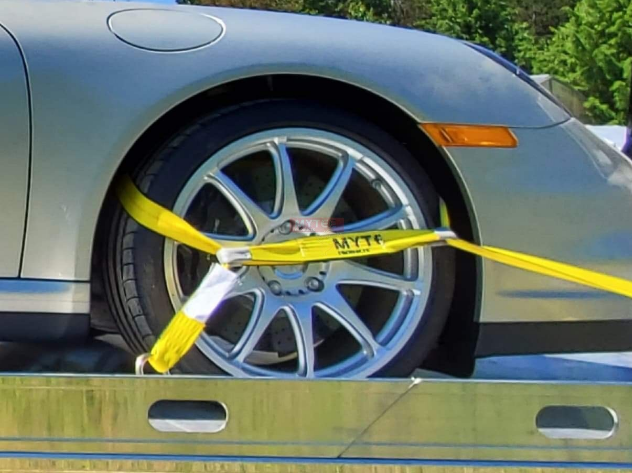
Flatbed tie-downs include 4-point and 8-point systems, which are designed to give a hauler precision control over the car’s securement.
Thanks to this precision, the tension that secures a car to the trailer is spread out. That makes these tie-downs ideal for securing luxury cars that cannot get scratched.
These tie-downs anchor the transported car to a side-rail rather than requiring a tie-down plate or E-track to create anchor points.
4. Load-Height Measuring Stick

When cars are your cargo, your load can get tall.
Under the federal Department of Transportation law, the maximum legal height of a flatbed load–including the height of the trailer from the ground–is 13 ft, 6in.
A single GM SUV is 5 ½ feet tall, so it’s easy to see how a multi-tier car carrier might wind up cutting it close.

Fortunately, a load-height measuring stick lets you see the height of your haul at a glance. Just extend the arm and raise the post until the arm’s level with the top of the load. The total height of your carrier and freight will then be readable at eye-level.
To stay legal the easy way–and to safely drive under bridges–have a load measuring stick on hand.
5. Winch Bar
Winch bars are useful whether you’re securing a car on a flatbed using a tie-down, or anchoring a vehicle to a car carrier using auto-hauling straps.

Winch bars give users extra leverage when they’re tightening a strap–either with a pocket winch or a ratchet handle. This makes it easier to exert the degree of force you need to add enough tension to truly secure your cargo.
It’s important to note that winch bars should only be used to increase the tensioning force in straps, NOT chains. Using a winch bar to increase the tension in a chain with a lever binder is HIGHLY dangerous.
___
Ultimately, having the right auto-hauling equipment is an excellent start to your vehicle-transport journey.
But remember: it’s just the first step.
For more information on mastering these tools, check out our how-to guides on some of the products you’ll need the most.
How-To Use Ratchet Straps – The Ultimate Step-By-Step Guide
How To Fix Dents In a Trailer Tool Box



